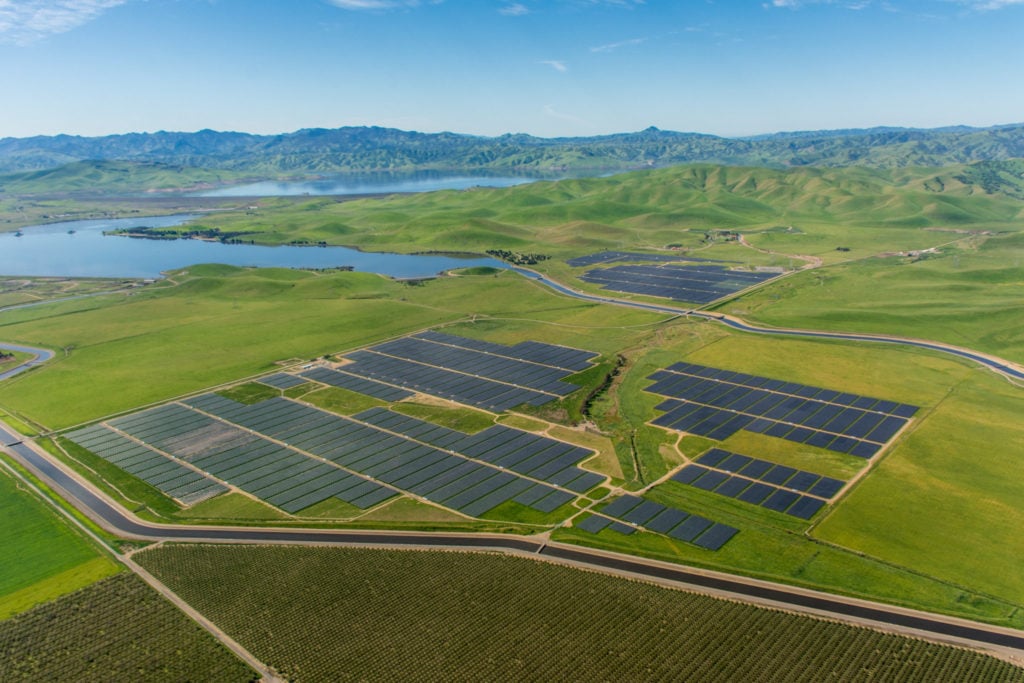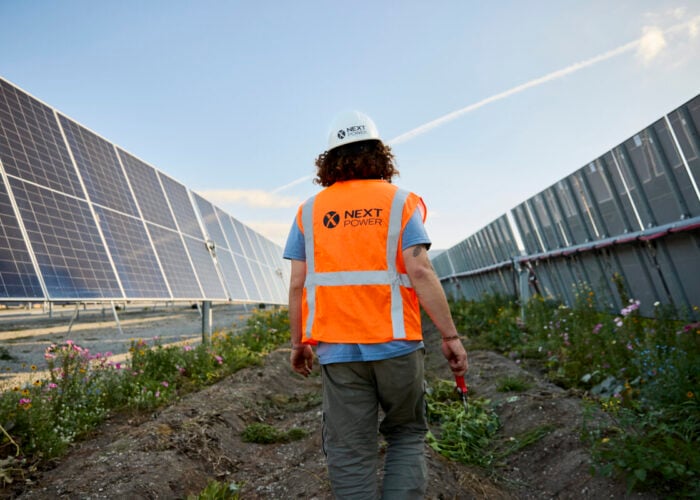
US renewables asset manager Arevon Energy has reached financial close on its Vikings solar-plus-storage project in Imperial County, California. The site will deploy 157MW and solar PV and 150MW/600MWh of energy storage .
Credit transferability
The financing was completed using a combination of debt financing and tax credit transfer, which is possible under the Inflation Reduction Act (IRA). Arevon secured a deal with JP Morgan to purchase US$191 million worth of investment tax credits (ITC) and production tax credits (PTC) in one of the first examples of credit transferability in the US.
Try Premium for just $1
- Full premium access for the first month at only $1
- Converts to an annual rate after 30 days unless cancelled
- Cancel anytime during the trial period
Premium Benefits
- Expert industry analysis and interviews
- Digital access to PV Tech Power journal
- Exclusive event discounts
Or get the full Premium subscription right away
Or continue reading this article for free
“ITC and PTC tax credit transferability is a major step forward for the energy transition, post-IRA, and we are excited to be able to leverage it on the Vikings financing structure,” said Daniel Murphy, Arevon’s director of project finance.
Indeed, industry figures have said that the IRA transferability scheme could trigger a ‘great rethink’ of the US energy market as new players enter the space, as previously covered in PV Tech Premium.
Guidance on transferability was issued in July, where the Treasury said that it would make it possible for smaller entities with lesser tax liability to benefit from the credits by transferring them to a profitable taxpayer, like JP Morgan in this case.
Last month, financing firm Evergrow claimed the first transferability transaction for a solar PV plant in Connecticut.
The remainder of the US$529 million financing came via a US$338 million debt facility from MUFG, BNP Paribas, Sumitomo Mitsui Banking Corporation, and First Citizens Bank.
The project
Aervon said that the Vikings project will be a ‘peaker plant’, designated to provide resource adequacy and power to San Diego Community Power, a local electricity provider. Peaker plants are designed to increase grid reliability at peak demand times, only operating when required in addition to base load generation to relieve pressure on the grid.
Peaker plants are typically fossil fuel, most commonly natural gas, and among the most polluting and expensive to run assets on the grid, so being able to directly replace them with a combination of renewable and storage could be essential for a low-carbon energy transition.
Construction for the project is underway, with operations expected to start in Q3 2024.
Supply deals are also in place with US manufacturers First Solar, Nextracker and Tesla for the site. First Solar will supply its cadmium telluride thin-film solar modules to the Vikings project, following a 2GW supply deal signed with Arevon in October 2022 for its Series 7 modules. Nextracker will supply trackers and Tesla will supply the battery energy storage system (BESS) for the site.
The IRA also includes a 10% Domestic Content Requirement (DCR) adder on top of the ITC. To receive this, a project must deploy equipment with a minimum of 40% of its component costs fulfilled by US-made products, a figure which will rise to 55% in 2026. The exception to the rule in a solar and storage project is steel, which must be 100% US-sourced to qualify.
For solar modules, the economics of the DCR are less than certain due to the lack of domestic silicon solar cell manufacturing. US manufacturer Heliene told PV Tech Premium that cells constitute around 50% of the cost of a module, and without domestic production it will be very difficult for manufacturers to produce a product that complies with the DCR.
First Solar modules are cadmium telluride-based, which isolates them from the silicon supply chain which is largely located in Asia. As such, they may be more well-suited to qualify for the DCR.
For more detailed information on the DCR economics for energy storage, visit our sister site Energy-Storage.news (premium access).






